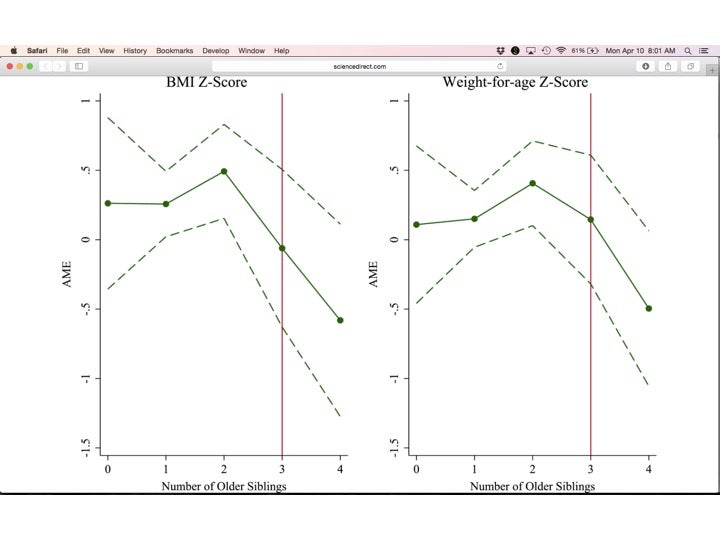- In the journal Epidemics, McCormick et al. (2017) consider the static and dynamic displacement effects of behavior change interventions for HIV prevention.
This is something we also thought about a fair amount in the past – our spillovers work is partly a function of worry over such negative spillover effects. Suppose you have an efficacious intervention that convinces young women to turn down the offers of older, risky men. The effect depends on a few things. First, what share of the population has your intervention left out, who may be the recipients of extra attention from rejected men? You have ineligible women (perhaps out of age range for the intervention), you have eligible but not enrolled, eligible but randomized out, and then finally eligible but not adherent (non-complier). Second, how persistent are men? In other words, how many rejections will reduce their sexual activity rather than simply displace it? The authors, using an agent-based model, find that the intent-to-treat effect will become a non-linear function of adherence/compliance. The other thing here to think about is the targeting of such interventions: in our work, we were motivated by a key question of policy: with a fixed and limited budget, should you treat, say, 50% of 100 units or 100% of 50 units? The answer, in this case, would seem to point to the latter, as it would lower the number of “tries” (say, transactional sex offers) by risky men, making their search more costly, and lead to a reduction in their activity within intervention areas…
- In a recent paper in the Journal of Development Economics, Palloni finds that “children born of their mother's preferred sex are heavier, have a higher body mass index, and experience fewer illnesses in early childhood.” Palloni is using panel data from Indonesia, which contain maternal sex preferences for the next child before conception, and suggests that reductions in subsequent fertility may explain half of the effect.

- Puzzle: “why so many workers remain in the agricultural sector, given the large residual productivity gaps with the rest of the economy” (Gollin, Lagakos, and Waugh 2014, p. 941). Hicks et al. (2017) provide an answer: 80% of those gaps may be a mirage. Using panel data and individual fixed effects, they not only suggest that interpreting such productivity gaps between rural and urban areas (and/or agricultural/non-ag.) causally may be misleading, but also that the selection of individuals across sectors is extensive, even after conditioning on schooling. They’re able to do this latter with a measure of cognitive ability (Raven’s Colored Progressive Matrices) in the datasets they’re using. I was wondering how their findings jived with the work of Bryan et al. (2014) on temporary internal migration in Bangladesh and McKenzie et al. (2010) on international migration to New Zealand, and the authors explain that their findings, and the size of their updated productivity gaps are consistent with these studies. I suspect this is not the last we’ll hear on the debate on the topic and their implications for pro-urbanization policies…
- Inequality of opportunity and inequality of outcomes. In a recent article in Nature, Starmans et al. (2017) argue that while people may care deeply about fairness, including very little children, they don’t care about inequality of outcomes – perhaps exactly due to that concern for fairness. For those interested, the World Development Report entitled “Equity and Development” discussed the issues surrounding inequality of opportunity vs. outcomes, the intrinsic importance vs. the instrumental effects of inequality, etc. in great detail in 2006. Many interesting studies cited in both that old report and in this new article, including fun dinner conversation pieces around children throwing away erasers and capuchin monkets throwing away grapes - both out of a concern for equity...



Join the Conversation